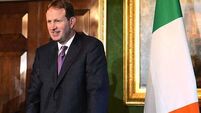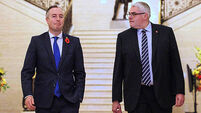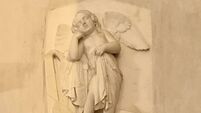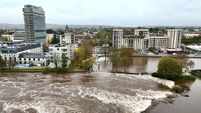Arts offered authentic retrospection, unlike State, media, and academia

A little thing I learnt in 2016, which has fascinated me since, is Noblett’s sweetshop on Dublin’s O’Connell St as the opening tableau of the Easter Rising.
In John Bowman’s new Ireland: The Autobiography, the first gem he curates among many miscellanea is an account by the Archbishop of Dublin’s secretary on Easter Monday.















